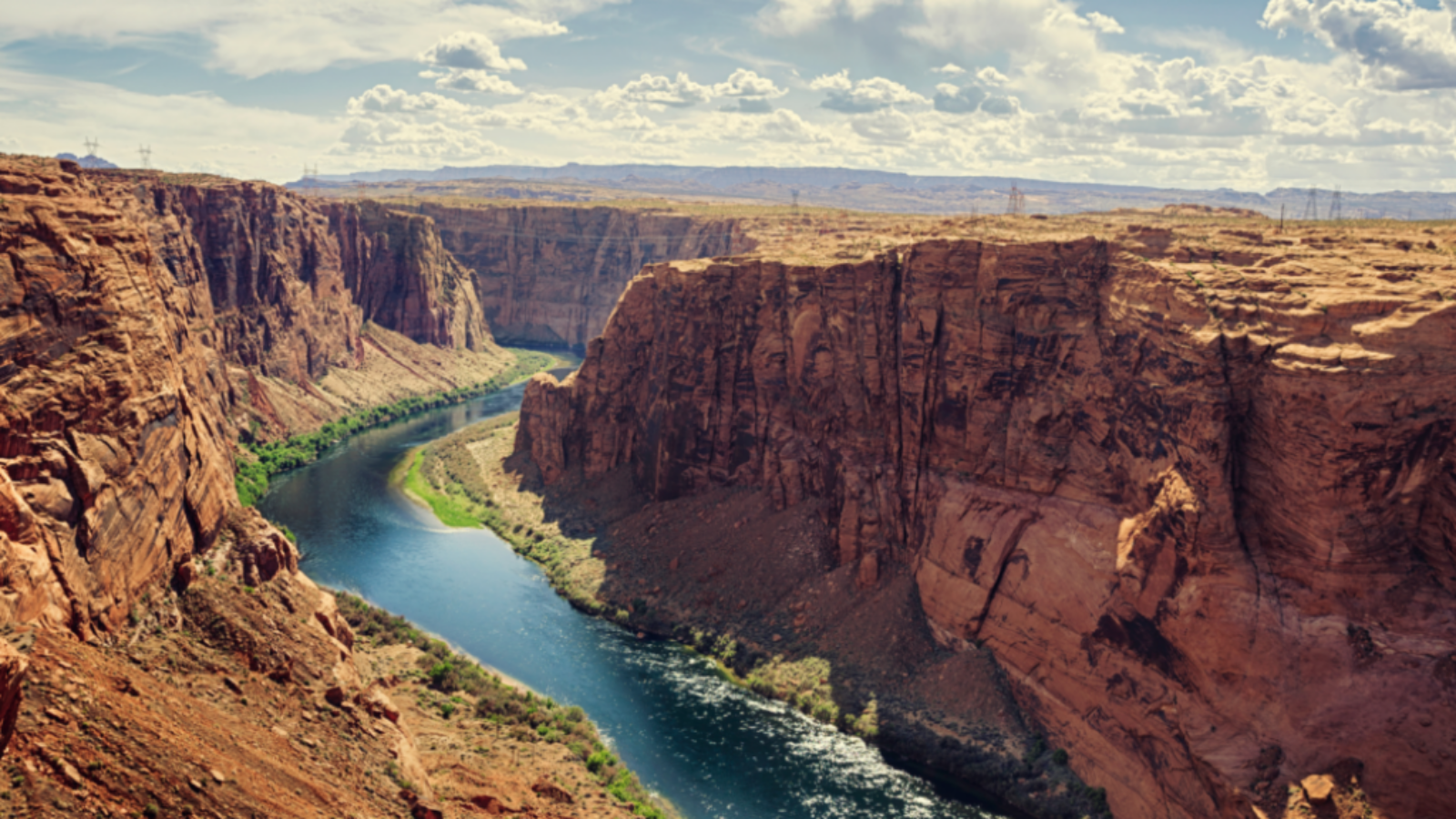The American West is in the midst of a severe water crisis. The Colorado River Basin is one of the most severely stressed bodies of water in the United States, supplying water for agriculture and industry and relied on by over 40 million people across seven states as a source of drinking water. After two decades of drought and no relief on the horizon, state governments are preparing for significant water shortages. These shortages have been felt by farmers who are now facing increasing crop failures that threaten the country’s food supply. Local people are feeling the pressure too, with 2.2 million Americans left without access to running water or plumbing.
The Corporate Role in Water Stewardship
Carbon Footprint vs Water Handprint
We’ve all become familiar with the concept of a carbon footprint. It is deeply embedded in many corporate sustainability initiatives, with companies using life cycle assessment to evaluate and offset their carbon impact in an effort to become “carbon neutral.”
Can the same footprint strategy be applied to water?
Unlike carbon, the effects of water use are felt regionally. Carbon emissions in the U.S. affect climate change the same as carbon emissions anywhere else in the world. But, the value of water is not the same for all people in all places at all times. It is time and place dependent and therefore cannot be easily offset. Because of this, a ‘neutral water footprint’ is ineffective at solving the real social and environmental issues of the world’s water crisis.
Instead, Will Sarni – Founder and CEO of the Colorado River Basin Fund – pushes for a “water handprint” approach, encouraging corporations to put forth dynamic innovations that focus on promoting access efficiency and watershed health rather than focusing exclusively on reducing water use. He argues that this line of thinking will create dynamic opportunities both for community and environmental prosperity as well as aligning water innovation with business value creation.
Turning Scarcity into Abundance
The consumer packaged goods industry and corporate sustainability initiatives at large tend to focus much of their effort on climate change, understandably so. But this hyperfocus leaves the water crisis as a hopeful second on the list of challenges to overcome. Current ESG reporting is footprint-focused, a strategy that may work for carbon, but may also be ineffective in tracking true water impact. Look for water use solutions that focus on accountability, equity, and partnership and avoid those that serve only as corporate ego boosts.
- Look regionally at water use and regionalize production of water-intensive materials.
- Implement technologies to maximize water efficiency and circularity such as water recycling, Ai and IoT technologies, and decentralized wastewater treatment systems.
- Engage with the water crisis beyond limiting use including promoting watershed restoration and ground absorption prevention, specifically in drought-prone areas.
- Collaborate with the public sector, NGO’s, academic institutions, and civil society to increase awareness, access, and innovation.
The world needs corporate innovation. You likely have an idea of your environmental footprint, but how big is your handprint?
A screening life cycle assessment is a good place to start. It provides a holistic view of your environmental impact. Corporations have a role to play in environmental impact, spanning more than your carbon footprint. The time to start addressing your water handprint is now and Trayak can help.
Trayak has been helping leading brands of all sizes make data-driven sustainability decisions for over 10 years. If you would like to learn more about our tools and services please contact us.
Sources
https://www.waterfoundry.com/post/why-brands-matter-1
https://www.globalwaterintel.com/news/2019/31/from-corporate-water-risk-to-value-creation
https://www.sustainabilityprofessionals.org/new-blog/2022/3/14/corporate-water-strategy


Add a Comment
You must be logged in to post a comment